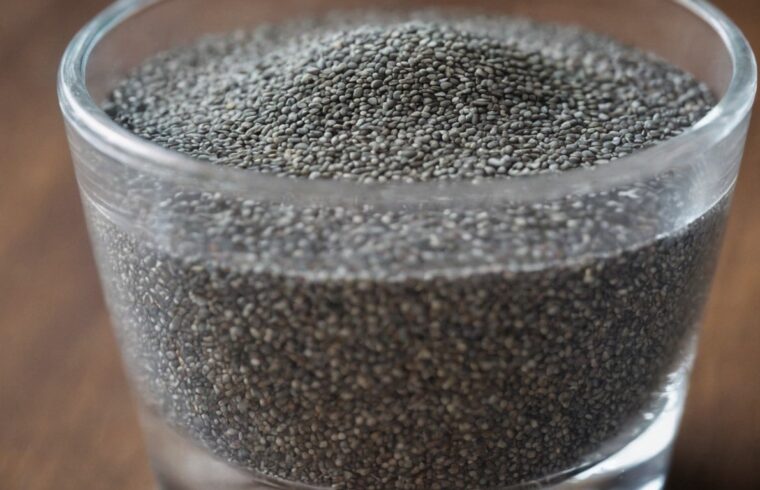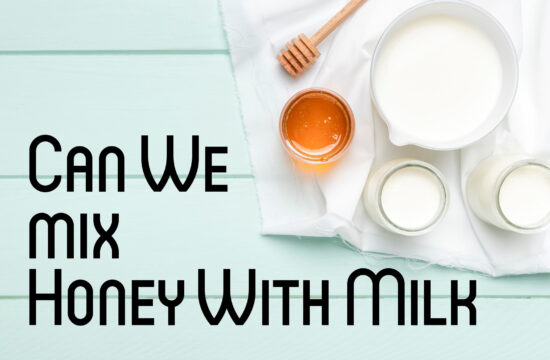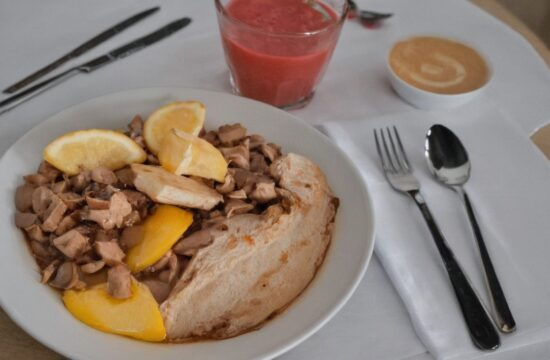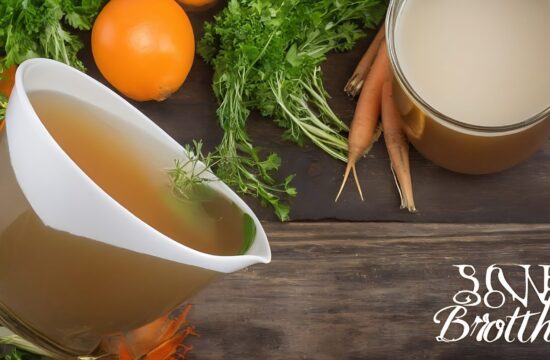Introduction
Chia seeds as a “superfood” have been very popular lately; they are rich in vital minerals and vitamins for the good health of the human body. Quite often among those who eat chia seeds and are keen to learn more, the question arises whether these tiny seeds need soaking. In this definitive investigation, we will investigate the science behind chia seeds, their nutritional contents, the benefits they offer as well as the necessity of soaking as a step that is crucial in achieving the full potential which the seeds got.
Understanding Chia Seeds
First, let’s do a brief overview of chia seeds before getting into the issue of over-soaking. Salvia hispanica, from which these tiny seeds are harvested, has been a part of these ancient cultures for a long time. It was mostly the Aztecs and Mayans who ate these seeds. Chia seeds have abundant omega-3 fats, fiber, protein, antioxidants, several vitamins, and minerals, and they are a great range of nutritional contents.
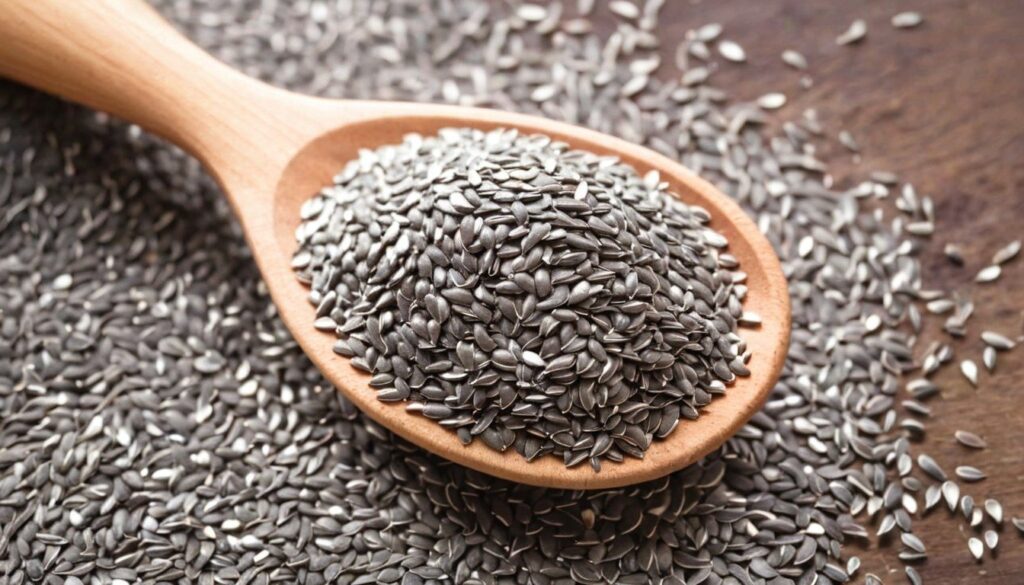
Nutritional Content
Chia seeds have an outstanding nutritional peculiarity and as such they are incorporated to a healthy diet program. A single ounce (about 28 g) of chia seeds contains approximately 138 calories, 9 g of fat including 5 g of omega-3 fatty acids, 11 g of fiber, 4 g of protein, and many essential minerals e.g., calcium, phosphorus, and manganese.
The Benefits of Chia Seeds
- Rich in Omega-3 Fatty Acids: Chia seeds is among the plant-based sources with one of the highest concentration of alpha-linolenic acid (ALA) which is a type of omega 3-fatty acid. Omega 3s are of extreme importance in heart health due to the fact that they lower inflammation as well as provide a beneficial function in brains.
- High in Fiber: The chia seeds fiber content is essential to improved digestion, makes you fuller and manages blood sugar levels. The jelly-like feel that happens after chia seeds come in contact with liquid is thanks to the soluble fibers in them.
- Protein-Packed: However, for their size, chia seeds deliver more protein than is expected. This quality makes legumes a great choice for people seeking to increase their protein supply, especially, by those on a vegetarian or vegan diet.
- Antioxidant Properties: Chia seeds possess antioxidants which can assist in eliminating oxidative stress in the body, hence, lowering the possibility of developing chronic diseases
Soaking Chia Seeds: The Controversy
Next, let us tackle the major issue indeed – the soaking of chia seeds is necessary? The key is to take advantage of the special properties of chia seeds and how soaking makes them more digestible and nutrients friendly.
- Hydration and Gel Formation: Chia seeds are outstanding in their ability to soak liquid, forming a gel consistance afterwards. This property is linked to its soluble fiber content, most notably to its mucilage. Soaking chia seeds in water or other liquids enables the soaking process by turning into gel.
- Improved Digestibility: Soaking the Chia seeds helps you absorb them better. The gel that is formed around the seeds acts as an aid to break down complex carbohydrates and proteins, which may ease for digestion for some people.
- Enhanced Nutrient Absorption: Gel forming process make the digestion and absorption of nutrition easier. The process of soaking chia seeds may also help to improve the bioavailability of certain nutrients and ensure that you body will be able to take advantage on all the nutrients that chia seeds has to offer.
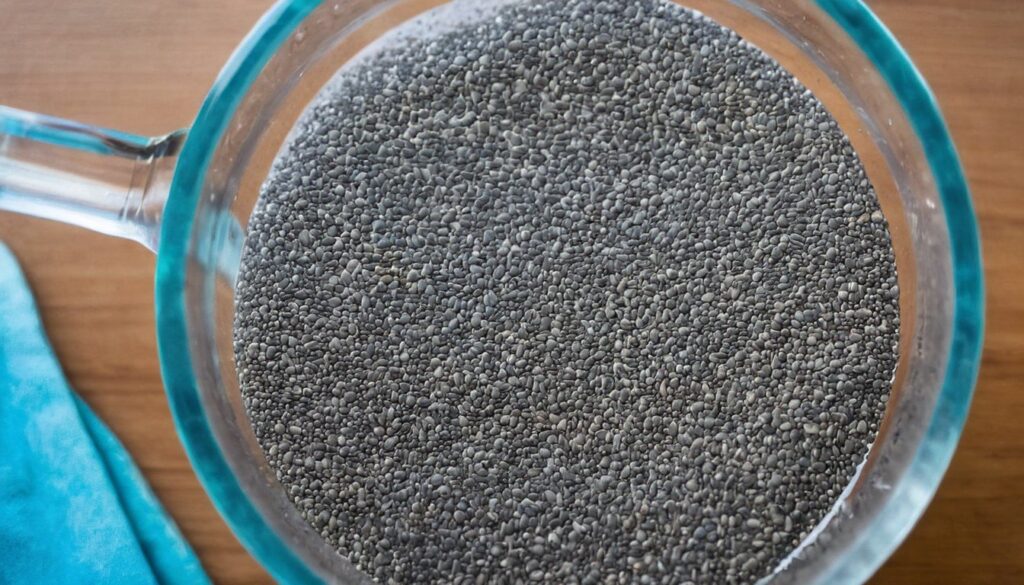
An Instruction for How to Soak Chia Seeds
You will need to soak chia seeds, if you chose to do so, but the process is not complicated.Here’s a simple guide:
- Ratio: Use ratio of chia seeds 1:4. As an illustration, 1 tablespoon of chia seeds to 4 tablespoons liquid.
- Mixing: Stir the seeds and liquid thoroughly so that the seeds and the liquid is not clumping. What you can use to soak is water, milk (cows or other plant-based), or even fruit juice.
- Soaking Time: it is left to sit for at least 15-20 minutes, and it could be left to sit in the refrigerator overnight. Gently stir in the meantime so as to avoid clumping.
- Consistency Check: The seeds of Chia should be accompanied by liquid in order to gel. Consider the texture. If the texture is too thick, you can add more liquid to until you get the right texture you are looking for.
Soaking Alternatives
Soaking is an ages old method, but chia seeds can be enjoyed many ways. Here are some alternative ways to incorporate them into your diet:Here are some alternative ways to incorporate them into your diet:
- Direct Consumption: They can be added directly to meals without soaking. Sprinkle some of them over yogurt, oatmeal, salads, mix with smoothies to get an additional nutritional effect.
- Ground Chia Seeds: Turning chia seeds into powder before eating may considerably improve their digestibility and make them effortless to be included in many other foods e.g. baking and cooking.
Conclusion
The open question of whether or not to soak chia seeds, the ultimate decision generally relies on one’s taste and individual gastrointestinal tolerability. Soaking of chia seeds can also improve the digestion and maximize nutrient absorption thereby, becoming a good choice for many.
Nevertheless, if you love the crackles of the chia seeds and hold the gel-like consistency as a fault, you are free to eat them dry. Chia seeds as well as its versatility can be used in many meals, giving a wider option for increasing nutrient levels of your foods.
Ultimately, whether chia seeds are soaked or not, they are an amazing nutrient bomb which can add to a balanced and healthy meal.


